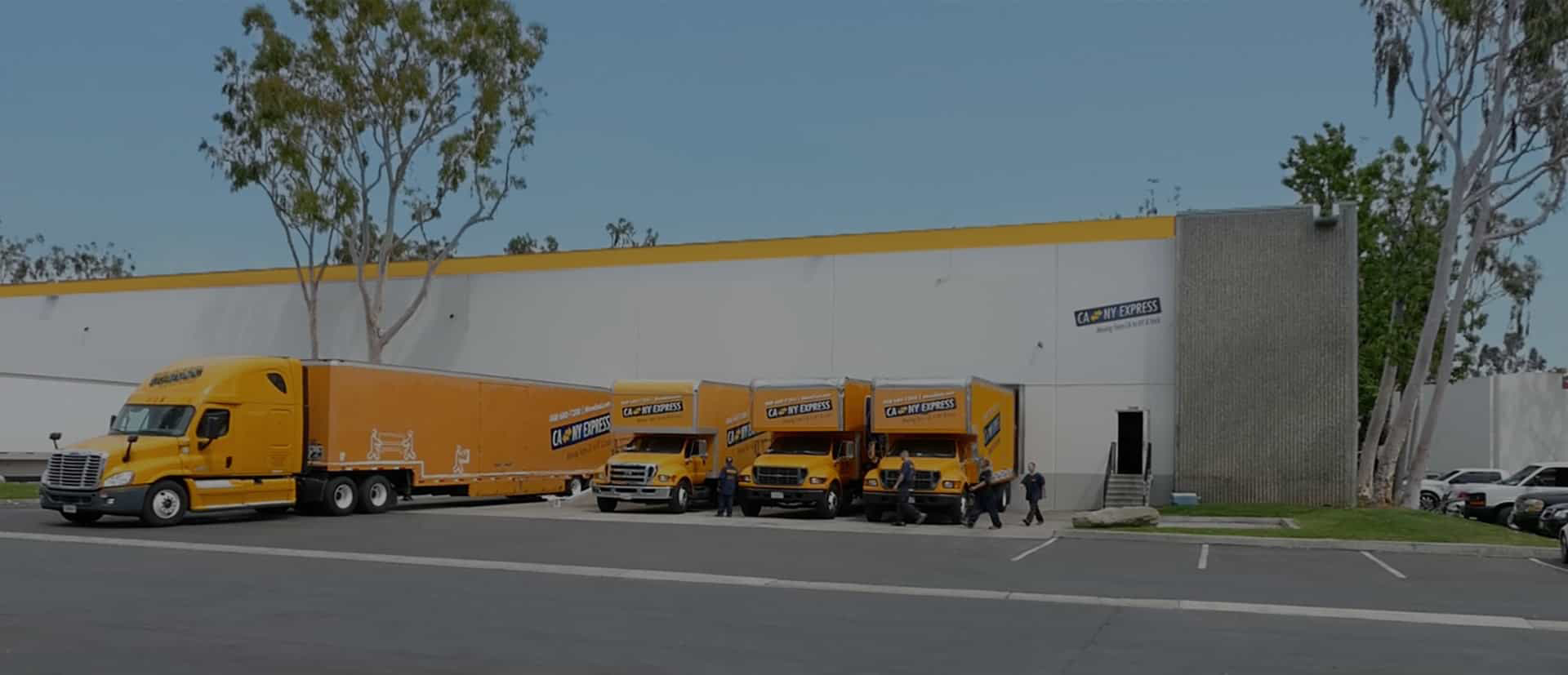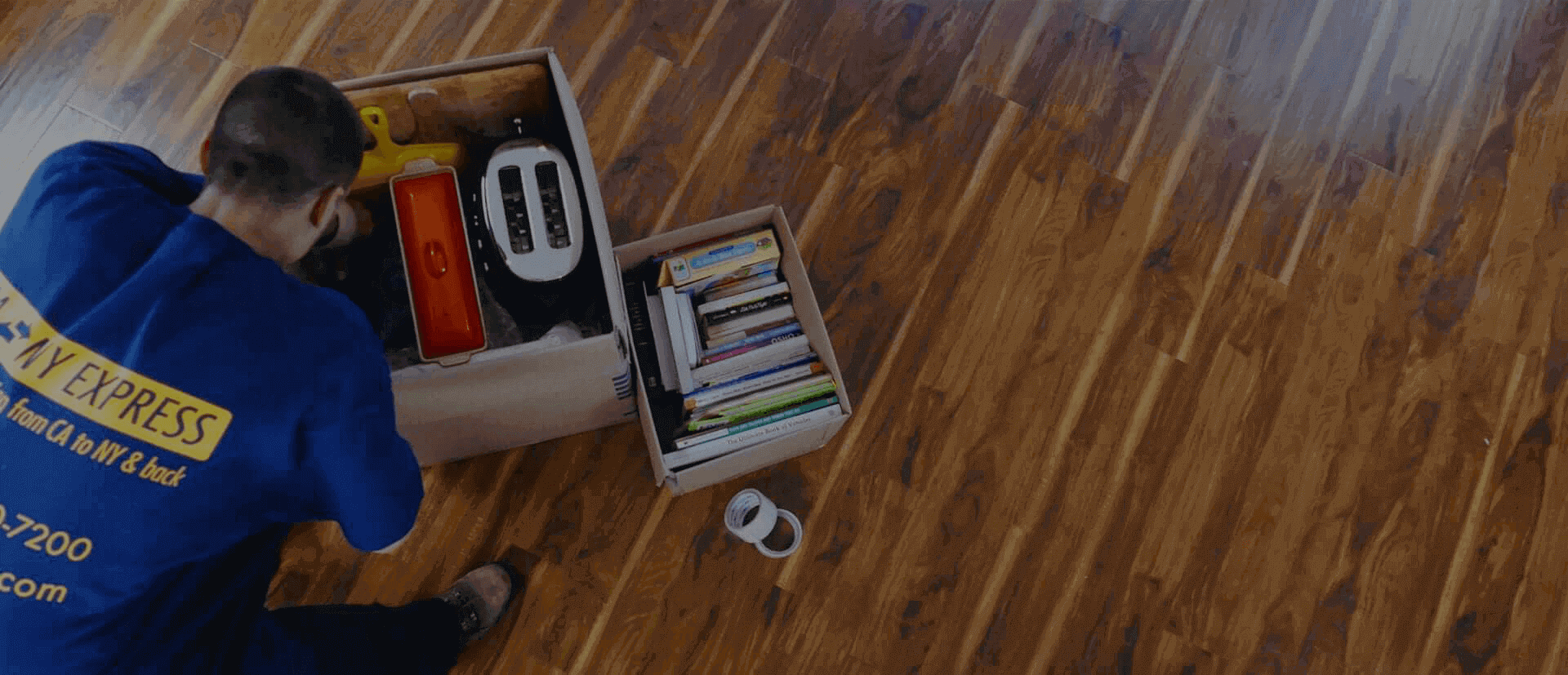Are DIY Home Projects Environmentally Friendly?
DIY home improvement ideas have gained popularity in recent years, but are they truly environmentally friendly? By embracing eco-friendly practices and using sustainable materials, easy home improvement ideas can be both beneficial for your space and the environment. Implementing energy-efficient upgrades, repurposing materials, and reducing waste are just a few ways to make your DIY projects environmentally conscious. So, go ahead, unleash your creativity and make a positive difference in your home while embracing these eco-friendly DIY home improvement ideas.
What Are Some Ways to Protect an Empty Home After Moving?
When protecting your vacant home after moving, there are a few effective ways to ensure its safety. Firstly, consider installing a security system with video surveillance and remote monitoring capabilities. Secondly, have a trusted neighbor or friend check on the property regularly. Additionally, ensure that all doors and windows are locked securely. Lastly, maintaining the appearance of an occupied home with lights on timers and holding mail delivery can deter potential intruders.
Tips For Green Cleaning Your New Home
Cleaning your
new home can be easy, cost effective and far healthier when using natural products.
Stock up on green products
You may in fact already have many of these ingredients. You can prepare and make simple cleaning products, which can be used throughout the whole house. They’ll provide natural air fresheners, and joy when cleaning.
Vinegar – Distilled white vinegar is a sanitizer, can remove hard water stains, and disintegrate clogged toilets and sink drains.
Baking soda – In addition to its many benefits, when being used as a cleaner, it can get rid of odors, especially in places such as a trash bin, or a fridge.
Salt – For hard to remove stains, salt granules are great to use, due to their abrasive qualities.
Lemon – Lemons not only have a fresh scent, they are also a natural bleach. They contain antiseptic and antibacterial elements.
Borax – For decades borax has been used to whiten laundry. It’s also an anti-fungal, an antiseptic and antibacterial.
Essential oils – Just the scent of essential oils adds that extra freshness to any space. In addition, they’re excellent as a disinfectant.
Tips for using your natural products
Windows – Vinegar and water, how simple can it get!
Oven – Baking soda with sprinkled water. Leave overnight, then scrub.
Toilet – Baking soda and vinegar as a toilet scrub
Bath – Borax is great for scrubbing bath tiles.
Moving green your new home





